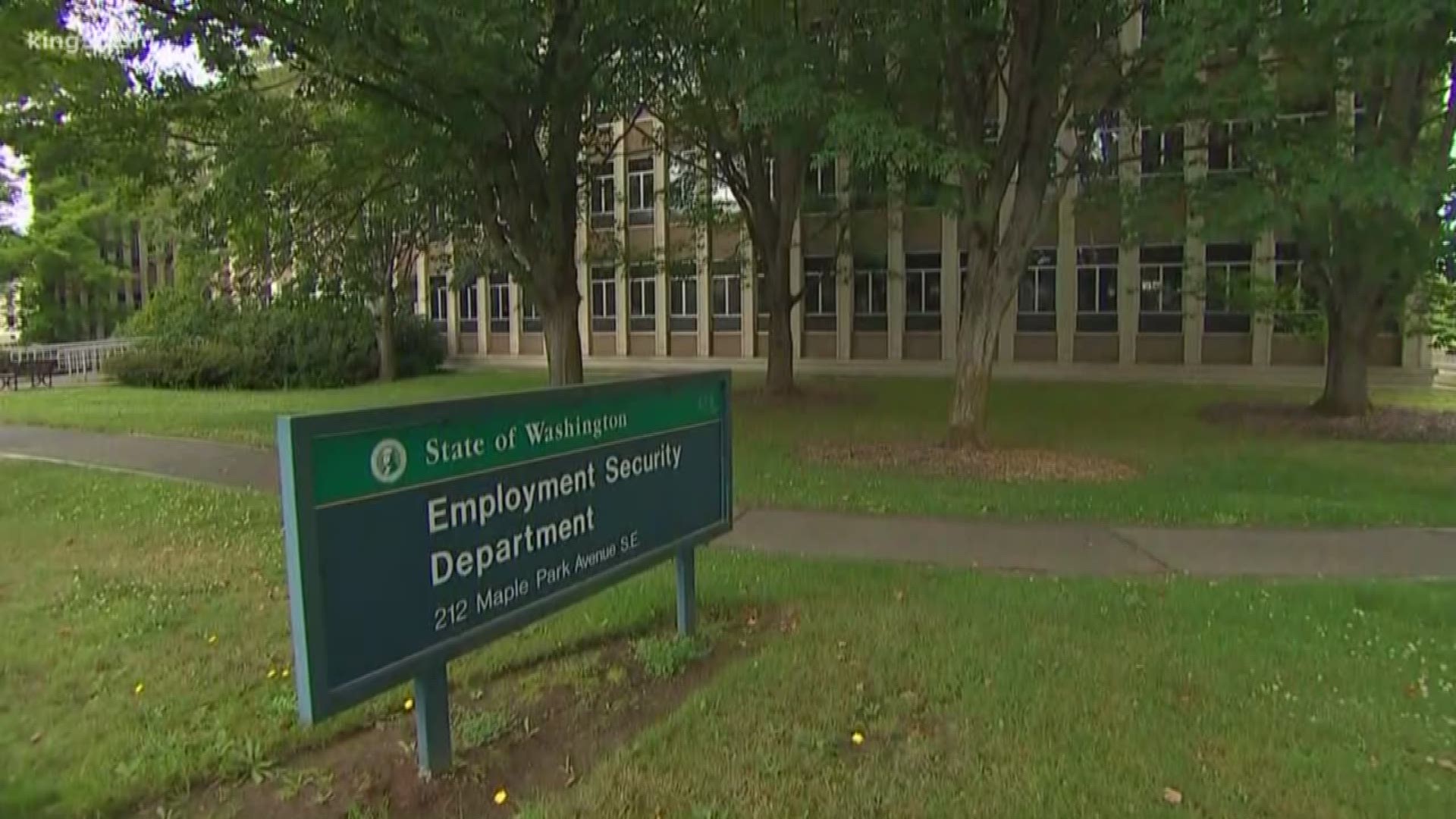Yesterday The Wall Street Journal published an outstanding editorial pointing out the predictable response of businesses to a higher minimum wage—automation.
After posting a grim quarterly earnings report of a 30% decline in profits on a 5% decrease in sales, McDonald’s plans to begin replacing workers with machines.
McDonalds has been the easy target for labor union and wage advocates’ demands for higher wages. The company, which provides around 1.3 million entry-level jobs to low-skilled workers in the United States, has been boycotted, protested and generally vilified for not paying workers $15 per hour. The golden arches have become the poster child of the $15 minimum wage movement, with labor-backed groups organizing worker strikes and rallies designed to pressure and embarrass. They argue McDonalds should be forced to pay workers a $15 per hour minimum wage because businesses can simply absorb the increased labor costs, or they can raise prices.
McDonald’s gloomy earnings report underscores the inherent flaw in that argument.
A business facing a 30% decrease in profits on declining revenue cannot simply absorb a dramatic increase in the cost of labor, be it 39% or 107% (from $7.25 to $10.10 or $15, respectively). Keep in mind labor is not the only significant cost for McDonalds; food prices have increased significantly. Beef prices alone are 28% higher over last year.
And increasing prices at a time when customers are already spending less is not likely to pencil out either. In fact, McDonalds has already increased prices by 3% in the past year in response to rising meat and cheese costs. The famous “Dollar Menu” has been renamed the “Dollar Menu and More” because some of the menu items are now more than a buck. One need only to see the company’s earnings report to know that increasing prices at a restaurant built on selling cheap meals to budget-conscious diners doesn’t work. Those diners are now eating elsewhere.
So if McDonalds can’t absorb the cost of higher wages and they can’t increase prices, what can they do?
McDonald’s will begin introducing automated ordering next year in many of its U.S. stores. This means fewer workers will be needed to ask if diners “want fries with that.” Customers will use a touch screen to order and pay for their food.
The company has been using such technology in Europe for years; in 2011 the food chain installed 7,000 touch-screen kiosks that render human cashiers unnecessary in high wage European countries. Every McDonalds in France has a self-order kiosk, which means the company has to employ significantly fewer workers who earn that country’s minimum wage of $12.22 (in U.S. dollars) per hour. Along with a high minimum wage, that country boasts a consistently high unemployment rate of over 10%.
Welcome to the future of fast food.




